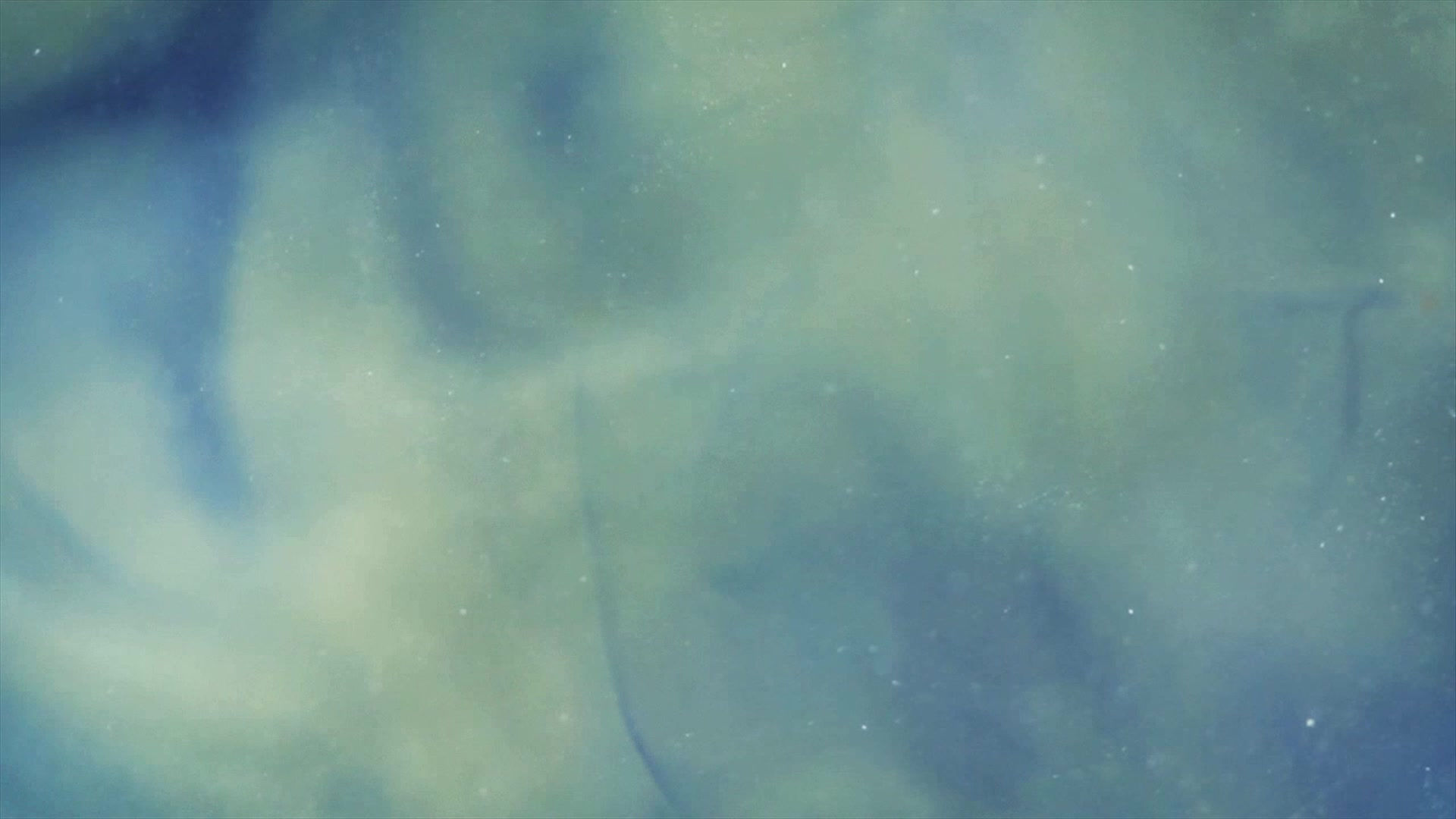Daily Mirror Newspaper
- Apr 11, 2019
- 2 min read

The Daily Mirror is a British national daily tabloid newspaper. It was founded on 2nd November 1903 by Alfred Harmsworth and it was originally advertised as a newspaper for women, run by women. That is where the name- The Mirror, originated from. He said, "I intend it to be really a mirror of feminine life as well on its grave as on its lighter sides ... to be entertaining without being frivolous, and serious without being dull." It became a pictorial newspaper in 1904 and the masthead was changed to The Daily Illustrated Mirror from 26th January to 27th April before reverting back to the original name.
Alfred then sold it to his brother Harold Harmsworth in 1913 and it became the largest daily picture paper, sometimes selling over a million copies a day.
During the 1960's, the paper's sales were at over 5 million copies a day, a record that has never been beaten by any (non Sunday) British newspaper since then. Furthermore, between 1984 and 1991 The Mirror was owned by Robert Maxwell before merging with the regional newspaper group, Trinity, to create Trinity Mirror in 1999.
Originally it was aimed towards a middle-class audience, however after 1934 began to appeal to a working-class audience to reach a wider audience. The paper has also been supporting the Labour Party since the 1945 general election.
The Daily Mirror attempted to disassociate itself from being the typical tabloid newspaper in 2002, through changing its masthead logo from red to black, however changed it back to the original 'red top' on 6th April 2005.
Moreover, The Daily Mirror also has a website which heavily consists of images, which I believe to be one of the website's main appeals. They are the largest element on the page, with the headlines seemingly much smaller. They initially grab the viewer's attention and cause them to click on the story through the dramatised headlines that they then read once viewing the image. The use of statistics and literary techniques, such as capitalisation and emotive vocabulary draw the audience in and make them want to know more.



Comments